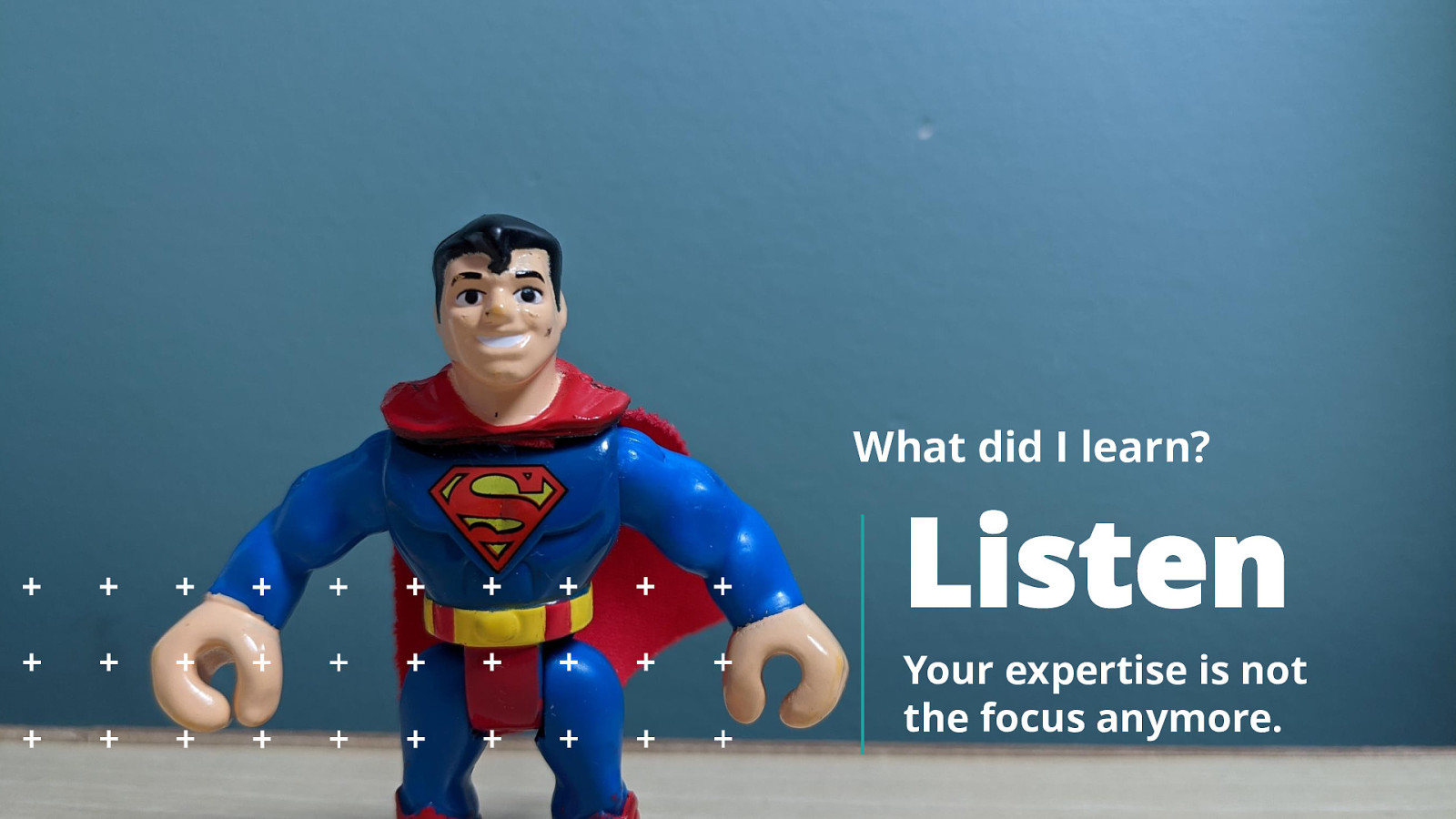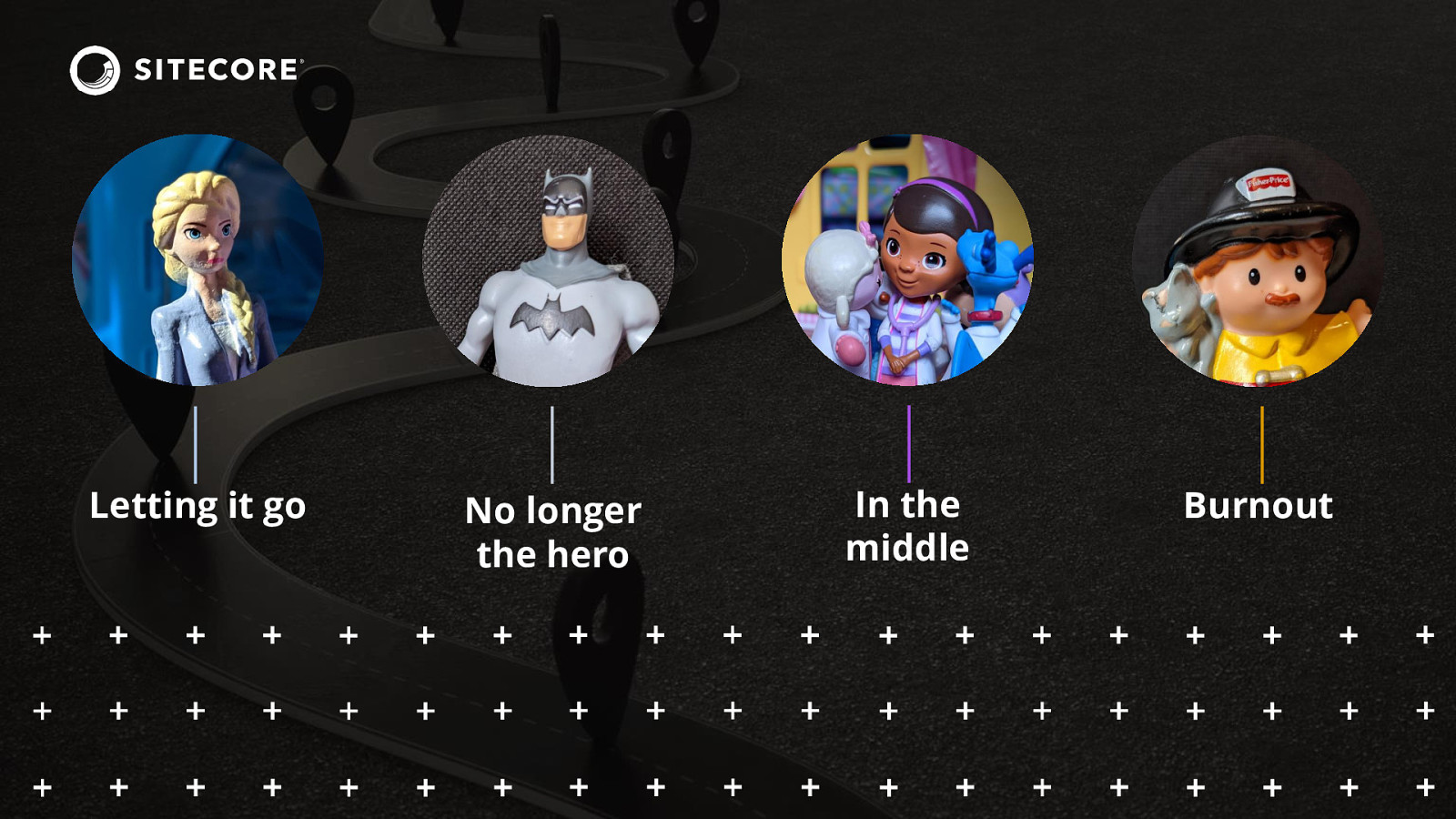Maybe the team needs a check-up
Several years ago, I was leading a group at an implementation agency. It’s probably one of the most extreme scenarios where I really felt pushed from all angles, and I didn’t really handle it well. And I wasn’t paying enough attention to how the team was doing and what they needed.
My team was struggling, trying really hard to get a project done but it seemed like everything was going wrong. Every initial estimate and timeline we had was thrown out the window. But of course, the customer had real world dates that could not be moved.
My team needed changes to the timeline made so they could be successful. My management wanted us to stay on budget. The customer needed the functionality live on specific dates because of business needs. I really felt the pressure of all these demands.
So I came up with a plan: We would do a gradual roll out of the functionality so that we could incrementally deliver to production. This would allow us to hit the various production requirements of the customer, but not have to get everything done all before the first deadline. We prioritized with the customer what was needed first, and it all seemed right in my head.
Except for the part where it was completely wrong.��To make it happen, my team needed to work horrible overtime hours, going all out for each deliverable, just to make things happen.
We were over budget. And barely making timelines.
The customer wasn’t happy.
The team wasn’t happy.
My management wasn’t happy.
The whole thing ended in a massive “what went wrong” retrospective. There were a lot of things that went wrong. But I remember that moment of trying to make a decision and not fighting for “no” as an answer. I regret that.

















